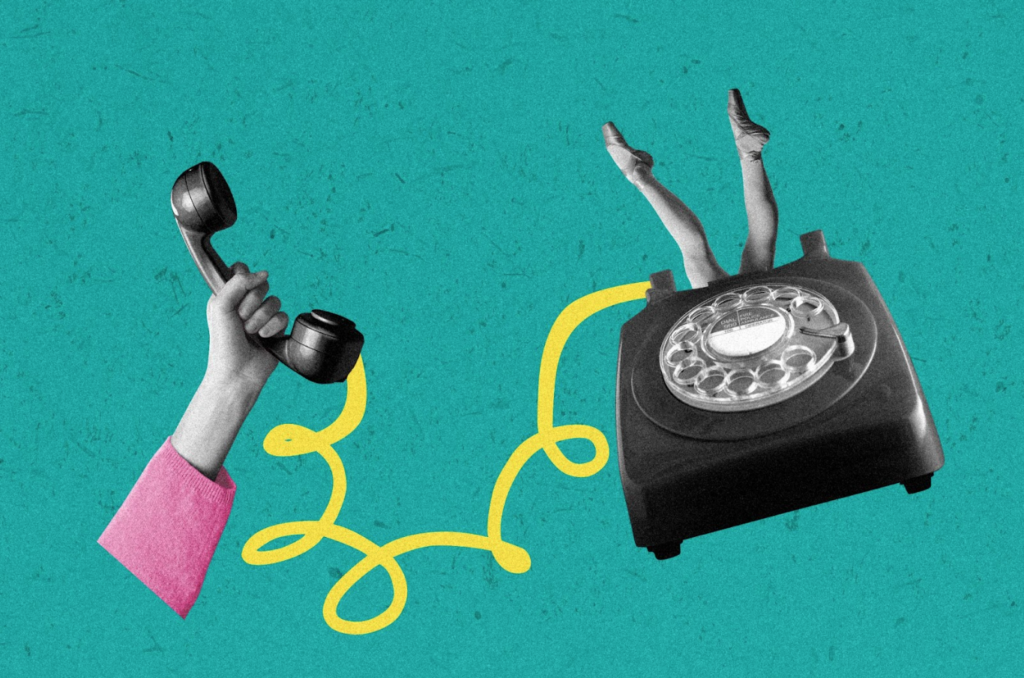In the always changing world of design and branding, trends can be both a creative spark and a slippery slope. On one hand, they offer fresh energy, cultural relevance, and market appeal. On the other hand, they risk overshadowing your brand’s core identity if misused or adopted blindly. As creative professionals, it’s essential to discern which trends are worth embracing — and which are better left behind.
Let’s explore how to navigate trends with intention, and highlight real-world examples of when they helped brands shine — and when they backfired. Yikes!
What Are Creative Trends and Why Do They Matter?
Creative trends are patterns or movements in design and branding that gain momentum due to shifts in culture, technology, and audience behavior. From color palettes and typography to UI/UX conventions and visual storytelling formats, these trends are everywhere.
Used intentionally, trends can:
- Signal innovation and modernity
- Enhance user engagement
- Build an emotional connection with your audience
But while trends operate in the “now,” your brand should be designed to endure — and that means being strategic about what to incorporate.

When to Embrace a Creative Trend
Some trends offer clear value when they align with your goals. Here’s when to say yes:
1. When It Aligns with Brand Values
Trends can reinforce your mission. For example, the shift toward sustainable, minimalist packaging has worked well for eco-conscious brands like Method and Everlane, helping them communicate their commitment to the environment while staying visually modern.
2. When It Enhances User Experience
Functional design trends that improve usability are always worth considering. Think of dark mode, now standard on most apps. Initially a trend, it proved valuable for eye comfort and battery life, making it a smart, enduring choice for digital platforms.
3. When It Inspires Fresh Creativity
Some trends challenge designers to push boundaries. Asymmetrical layouts, once seen as too risky, have helped brands like Airbnb and Spotify stand out visually while telling richer stories through dynamic interfaces.
When to Avoid or Ignore a Trend
Not every trend will serve your brand. Here’s when to walk away:
1. When It Compromises Brand Consistency
A brand’s visual language should be cohesive and instantly recognizable. Take the brief trend of ultra-flat logos that swept through the corporate world. While Google and Spotify made successful transitions, others like GAP faced backlash — their 2010 rebrand veered so far from their classic identity that they reverted back within a week.
2. When It’s Gimmicky or Short-Lived
Some trends are just noise. The trend of overusing glitch effects and vaporwave aesthetics in branding had a moment — but didn’t translate well for most mainstream brands. Unless your audience aligns with the niche appeal, it’s often better to opt for timeless design choices.
3. When It Distracts from the Message
Design should support storytelling, not outshine it. For example, when some websites overused parallax scrolling and heavy animations, it led to performance issues and distracted from the content. A sleek experience is important — but not at the expense of your message or accessibility.

Trend Wins vs. Trend Traps: Real-World Examples
Trends That Worked:
- Apple’s flat design evolution: As part of iOS 7, Apple embraced flat UI, simplifying its interface and setting a new industry standard.
- Duolingo’s playful animation style: The brand’s use of expressive, gamified animations helped increase app engagement while staying true to their fun, educational mission.
- Mailchimp’s bold, illustrative branding: Instead of chasing minimalism, Mailchimp embraced quirky, human-centered illustrations that stood out and supported their tone.
Trends That Failed:
- Tropicana’s 2009 redesign: Attempting to modernize with clean, minimal packaging, the brand lost its recognizable identity and saw a 20% drop in sales — reverting to its original design within months.
- Yahoo’s inconsistent rebranding efforts: Multiple logo changes over the years without a unified direction confused audiences and diluted the brand’s perception.
Final Thoughts
Trends aren’t inherently good or bad — they’re tools. The key is using them with purpose. The most successful brands aren’t trend-averse, but trend-aware. They adopt what aligns with their mission and audience while resisting the urge to follow fads for attention’s sake.
Trends should evolve your brand — not replace it. If it fits your voice, serves your users, and supports your story, it may be worth the leap. If not, let it pass. After all, in branding, consistency is often more powerful than novelty. Be Kool.
- HubSpot vs. Mailchimp: Which Marketing Platform Is Best in 2025? - September 24, 2025
- Why Human Creativity Still Reigns: 5 Skills AI Can’t Replace (and How to Double Down on Them) - August 29, 2025
- Is the Path to Success Quicker as a Designer in a Marketing Agency or as a Freelancer? - July 29, 2025


0 Comments